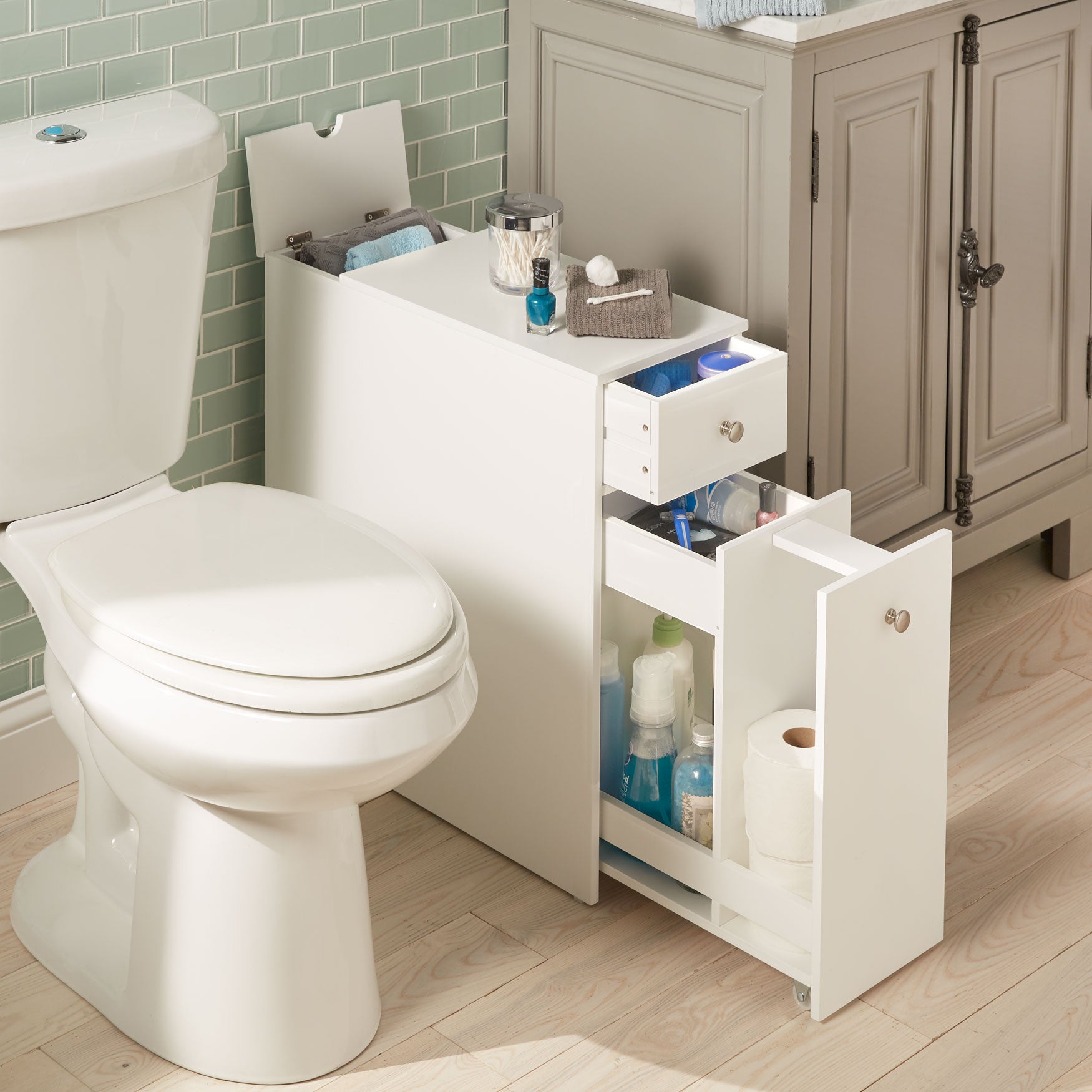Installation and Maintenance: Spirich Home Slim Bathroom Storage Cabinet

Getting your Spirich Home Slim Bathroom Storage Cabinet up and running is easier than you think! This guide will walk you through the installation process step-by-step, and offer some handy tips to keep your cabinet looking its best for years to come. We’ll also cover some common issues and their solutions, ensuring a smooth and stress-free experience.
Cabinet Installation Steps, Spirich home slim bathroom storage cabinet
Proper installation ensures your cabinet’s stability and longevity. Follow these steps carefully for optimal results. Remember to always consult the included instruction manual for specific details relating to your model.
- Preparation: Before you begin, gather all necessary tools: a screwdriver (likely Phillips head), a level, a pencil, and possibly a stud finder (depending on your wall type). Clear the area around the intended installation spot to ensure ample working space. Carefully unpack the cabinet and check for any damage or missing parts.
- Wall Assessment: Locate the studs in your wall using a stud finder. This is crucial for secure mounting. Mark the stud locations with a pencil. If installing on drywall without studs, use appropriate wall anchors designed for the weight of the cabinet. Always prioritize sturdy mounting.
- Mounting the Cabinet: Align the cabinet with your marked studs (or anchor locations). Use a level to ensure it’s perfectly straight before drilling pilot holes. This prevents the cabinet from cracking during the screwing process. Then, carefully secure the cabinet to the wall using the provided screws. Ensure the screws are tightened evenly to prevent tilting.
- Shelf Adjustment (if applicable): Many Spirich Home Slim Bathroom Storage Cabinets feature adjustable shelves. If yours does, carefully adjust the shelves to accommodate your storage needs. Refer to the manual for specific instructions on shelf adjustment mechanisms.
- Final Check: Once installed, give the cabinet a thorough check. Make sure it’s securely fastened to the wall, the doors (if any) open and close smoothly, and the shelves are stable. Adjust as needed.
Maintaining Your Cabinet
Regular maintenance will keep your cabinet looking great and functioning flawlessly. A little effort goes a long way!
- Regular Cleaning: Wipe down the cabinet’s surface regularly with a damp cloth and mild detergent. Avoid abrasive cleaners or scouring pads, as these can scratch the finish. For stubborn stains, try a gentle all-purpose cleaner.
- Preventative Measures: Avoid overloading the shelves. Distribute weight evenly to prevent warping or damage. Keep sharp objects away from the cabinet’s surface to prevent scratches.
- Door and Hinge Care: If your cabinet has doors, lubricate the hinges periodically with a silicone-based lubricant to ensure smooth operation. This will prevent squeaking and extend the life of the hinges.
Troubleshooting Common Installation Problems
Here are some common problems encountered during installation and their solutions.
- Cabinet is Unstable: This usually indicates improper mounting. Double-check that you’ve secured the cabinet to wall studs or used appropriate wall anchors. Re-tighten screws if necessary.
- Doors Don’t Close Properly: This might be due to misaligned hinges or an obstruction. Check the hinges for proper alignment and remove any obstructions. If the problem persists, you may need to adjust the hinges.
- Shelves are Loose: Ensure the shelves are correctly inserted into their designated slots or are properly secured with the provided mechanisms. Refer to the instruction manual for specific instructions.
